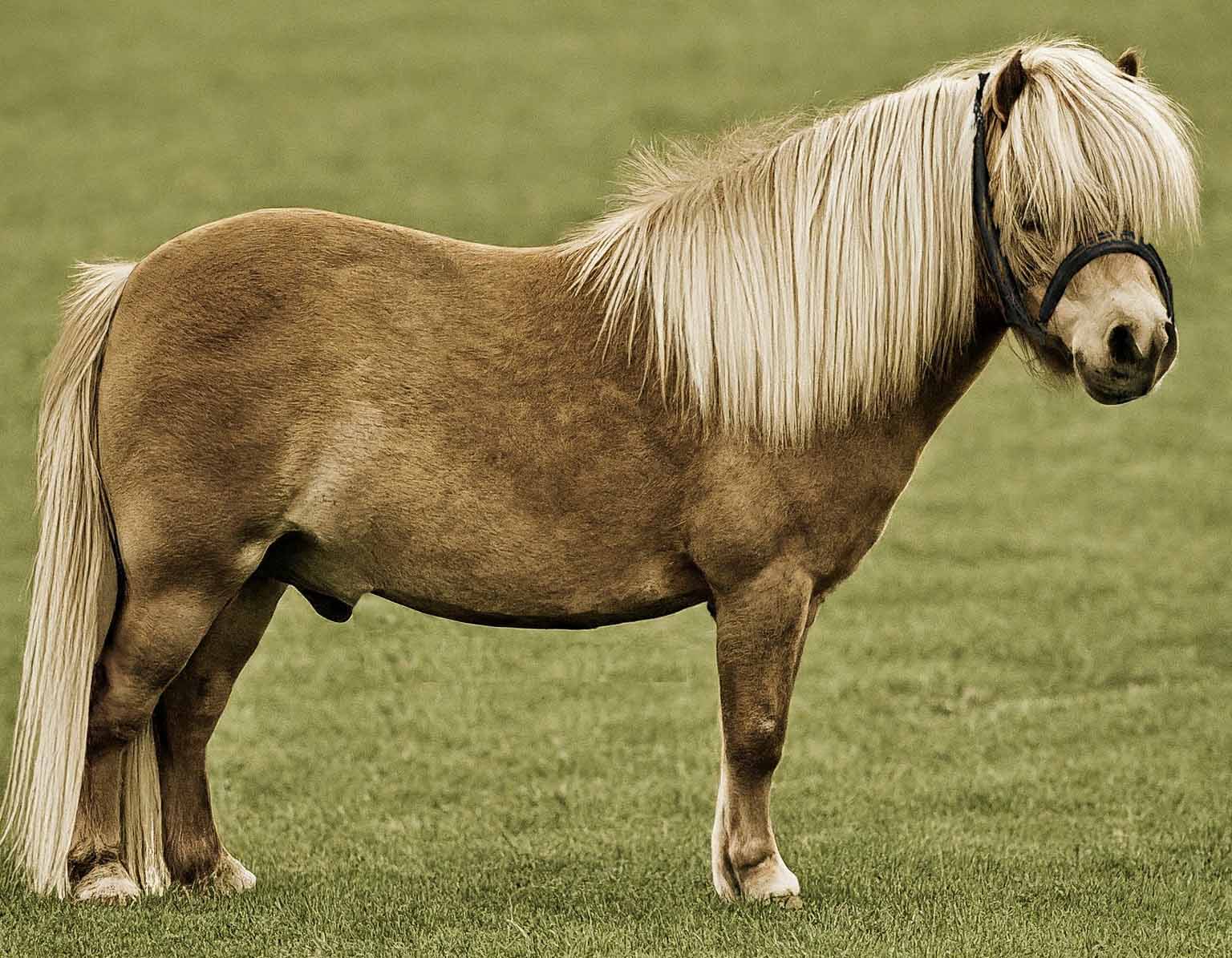Mushroom Register
Dilutes Australia Mushroom Register for studbook and non-studbook mushroom ponies
Registration and Membership Applications
|
Studbook Mushroom Register: mares & stallions - must have 2 registered
parents. Proof must be provided. Must PASS conformation
standards. Gelding Register: may have either registered or unknown / unregistered / unproveable parentage. Must PASS conformation standards. |
 |
Ownership requirements:
The owners of all mushrooms must be current financial members of the Association. Should an owner cease to be a financial member, the registration of all horses registered in his or her name will be suspended until such time as said owner rejoins the association, at which time the registration of all horses registered in his or her name will be reinstated
Standard of excellence:
A mushroom shall meet the standards of conformation (breed characteristics being irrelevant) prescribed by the Board. To be considered for MUSHROOM STUDBOOK, NON-STUDBOOK or GELDING registration, a mushroom must gain the required conformation marks prescribed by Board and fulfill the following:
- Must be a genetic mushroom dilute.
- Have a body free from imperfections and free of white spots except those caused by accident.
- Be permitted white markings on the face and legs only, the legs not to be white above the knees or hocks save for a continuous diminishing spear or stripe running above the knee or hock. NO mushroom may have ANY white markings (ie belly splashes) other than those permitted under the Regulations of the Company. Notwithstanding this, an owner may apply to have a horse or pony accepted for registration under the company's hardship clause which allows for small amounts of underbelly white.
- Not be bleached or dyed
- Not exhibit any appaloosa characteristics. Solid horses and ponies with appaloosa/palouse/spotted pony parentage must be DNA'd for Lp and must return a negative result to be eligible for registration as a solid mushroom. Ponies carrying Lp can be registered as DA Non Solid Dilutes.
About Mushroom
Mushroom is a recently identified recessive dilution mutation in Shetland ponies. It's caused by a single nucleotide change in the MFSD12 gene and has probably been around since the late 1800's - there are descriptions of Shetland ponies from that time that fit the phenotype of mushroom. However, the mutation that causes it was only identified in early 2019 and UC Davis subsequently developed a test for it. Mushroom is denoted by Mu in DNA tests.
What we currently know about mushroom:
- It is recessive, meaning that in single copy it doesn't express. Therefore, all "mushroom coloured" ponies ie visibly mushroom in colour, are homozygous for the mutation.
- The mutation only dilutes red pigment so is most visible in chestnut ponies. However, there is ongoing research into bay ponies that are homozygous for the mutation as they often look similar to sooty buckskins.
- Many mushroom coloured ponies in the past have been registered as silver, flaxen chestnut, or palomino.
- Mushroom comes in a wide variation of shades from light through to very dark grey / sepia tones.
Mushroom Shetland ponies in Australia:
Mushroom ponies are in Australia! Most of the currently identified ones trace back to a chestnut tobiano stallion called Avening Fagus, imported in 1940. The Avening Stud in the UK has bred a number of mushrooms over the years. At stud, Avening Fagus likely sired more offspring than can be found in the APSB online studbook but probably the most influential in terms of mushrooms was the well-known palomino (carrying mushroom) View Bank Silvester. It's through him and his similarly palomino mushroom carrying son Boomerang Sylvester that most of the now identified mushrooms trace back to A Fagus.
Well-known stud The Golden Meadow used this line intensively; many of their ponies are/were extensively line-bred, notably through verified mushroom carrier The Golden Meadow Royal King (by Boomerang Sylvester), and thus have several lines going back to these ponies in their pedigrees. Numerous Golden Meadow ponies, some of which were undoubtedly also mushroom carriers, or unidentified mushrooms, made their way into many studs across Australia, which may explain some of the strange colours that have cropped up from time to time!
Unfortunately however mushroom was unheard of until recently so most of these ponies have been registered as silver, palomino, flaxen chestnut, taffy etc. The Golden Meadow also bred a number of cremello ponies, some of which may also have been mushrooms (as well as mushroom carriers).
Many smaller Shetland ponies with these lines were also used as foundation stock for breeding miniature ponies and their progeny are not recorded in the APSB. Therefore, it's highly likely that mushrooms will surface in miniatures as well.
Characteristics of mushroom:
The primary characteristics of mushroom include the following:
- greyish or sepia coloured coat but this may vary depending on what other dilution genes are present
- lighter or creamy colour mane and tail
- dark skin and eyes
Shades of mushroom registered by the company:
Dilutes Australia Ltd will register as a mushroom any solid horse or pony found to be carrying mushroom, regardless of what other dilution genes are also present.
Return from Mushroom Registers to the Home Page
BAY PEARL - pearl on a bay base. May be either homozygous or heterozygous (invisible)
BROWN PEARL - pearl on a brown base. May be either homozygous or heterozygous (invisible)
BLACK PEARL - pearl on a black base. May be either homozygous or heterozygous (invisible)
CHESTNUT PEARL - pearl on a chestnut base. May be either homozygous or heterozygous (invisible)
BAY CREAM PEARL
BROWN CREAM PEARL
BLACK CREAM PEARL (smoky black pearl)
CHESTNUT CREAM PEARL
+ ALL OTHER SOLID PEARL COMBINATIONS
